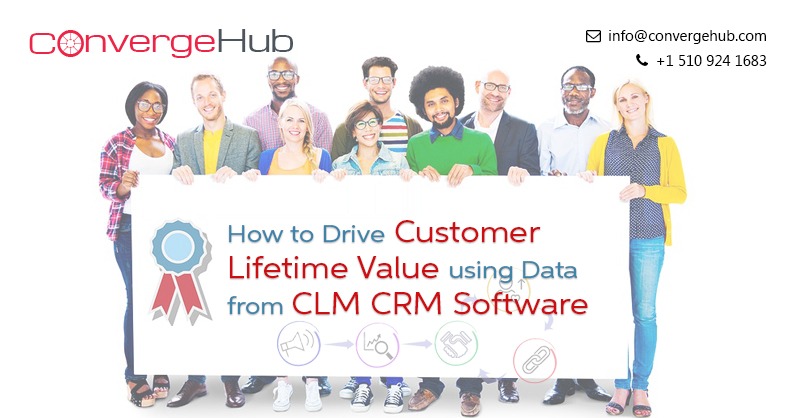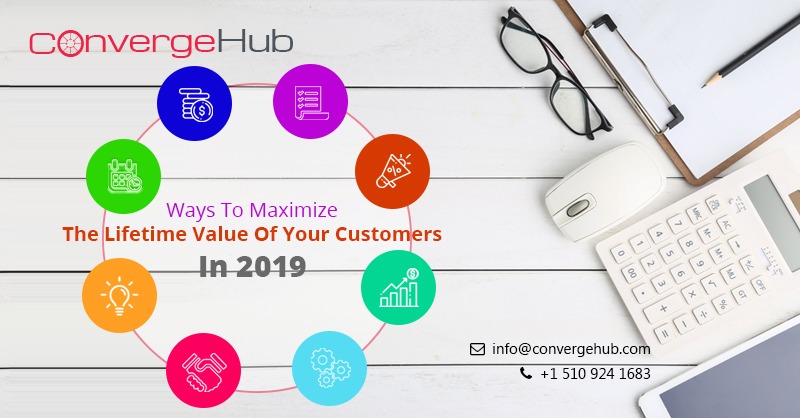The customer is always right!
Therefore as the above-stage adage goes your business probably does (and certainly should) side with your customers- even if they stand out wrong.
This is because when any customer voices his/her displeasure; you usually have a good idea as to why they are right or wrong.
Now the problem lies with the fact that according to surveys done on customer experience most consumers primarily do not complain and secondarily if they are unhappy with any brand, odds are that they start looking elsewhere when shopping for their new requirements and needs.
Moreover, even if they are pleased and satisfied with your products and services, consumers usually refrain from offering customer feedbacks and instead quietly keep buying from their preferred brands and businesses.
Hence in this precarious environment to build a solid customer base, companies need to understand what the satisfied or dissatisfied customers might think long before they make any buying decisions for your offerings, and to do so you need to bring out the best out of them.
Now how do you do this apparently impossible task?
According to Michael Schrage (an MIT Research Fellow) as he urges to the readers of his popular book “What Do You Want Your Customer to Become,” businesses need to reevaluate and reconsider how to calculate CLV (Customer Lifetime Value) which can be done by adopting a CLM CRM software.
Furthermore Schrage writes that while viewing from the company’s perspective when brands treat their customers as value-creating partners, loyal consumers often provides their preferred brands good ideas, try their new offerings, share data with their brands, introduce their preferred brand to other customers and even evangelize for their brands on social media platforms, which in turn helps in reducing promotional costs incurred by the companies.
Therefore in this article, we have highlighted how businesses can overcome this challenging situation by increasing customer lifetime value by following these not-so-difficult steps, to engender an even deeper relationship with their customers and also accurately measure their levels of satisfaction and dissatisfaction once they use business growth technology like CLM CRM software for revenue growth.
1. Understand What Your Customers Are Doing
If you are a vendor of a popular lead management software like Salesforce or any other Salesforce Alternative CRM platforms used by small businesses the software is probably helping many businesses to drive their initiatives and aiding their brands to create long term value for your customer’s customers.
But nevertheless, how can you be sure that you are a committed partner on their growth path and helping your customers to innovate and create winning products and services?
Now software usage analytics offer a unique window into how customers are using your offerings and lets you serve as a true partner of your customers but in a non-disruptive manner.
Moreover, the insights received from your customer’s usage of your offerings also lets you incessantly and quickly create useful features and fix frustrating functions in your product line.
However, just relying on the insights received from a handful of willing customers or user surveys can never provide these above-stated objectives unless you encompass insights that are required and can be gathered through usage statistics that you can only receive once you buy CRM and use CLM CRM software.
2. Stay In Touch With Useful Information
Always remain at the forefront of your customer’s minds by crafting enticing and engaging social media posts that provide bite-sized helpful and important tips or lead to larger blog content by creating educational posts following a regular cadence, aiding your consumers with instructive instructions that they are looking for.
Now, to do this the biggest challenge that most brands face is finding the pain-points and blog topics that resonate with their customers.
However again for this, the data and insights into your customer’s usage of your offerings can easily enable your teams to identify and prioritize topics that matter the most to the consumers of your brand.
This is because, by viewing which are the features and functionalities that are mostly used by your customers, you can develop unique content that ensures your customers are maximizing the benefits of those most used features of your offerings.
Similarly by viewing the features of your products and services that are used the least, by looking into the analytics found in CLM CRM software platforms, you can progressively educate your consumers about the valuable features in your offerings that your customers have not yet discovered and if needed update your product to make those features easy to find to the consumers of your offerings.
3. Treat Customer-Related Data With Care
B2B and even B2C consumers want to know how their data has been used. Hence privacy and security should be one of the topmost goals of your company.
Moreover, with GDPR (General Data Protection Regulation) and other data privacy and protection measures that are tightly governing the use of the information received from your customers, businesses nowadays need to take complete responsibility for how they manage and use this information stored in their business growth technology and tools.
Therefore businesses must ensure proper clarity of the data ownership chain so that they can attest to the provenance of data by understanding what information they have and for how long they possess it in their CRM database, which in turn helps in providing insights about data management processes that aids in sharpening a businesses’ ability to follow regulations and adhere to the legal regulations of their land.
Conclusion
Hence in a gist gaining total insights once you buy CRM and use a CLM CRM software on how customers use the offerings they purchased from your brand, will not only help brands to manage their customers and let them use your products satisfactorily, but it also makes the customers recognize that they have a relationship worth keeping with your company- a commitment that has a lifetime value and therefore can help in your business growth.

